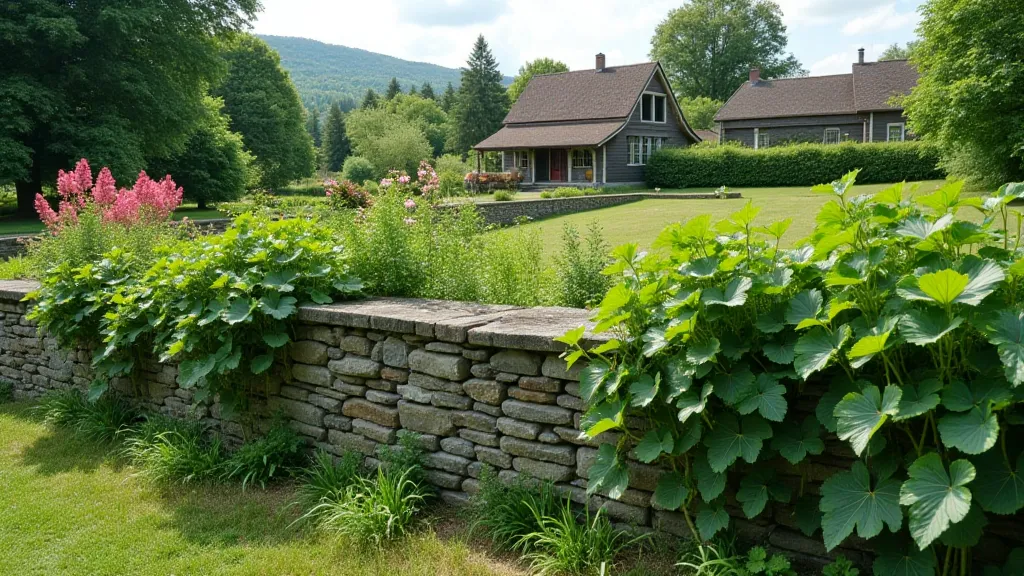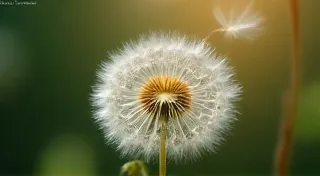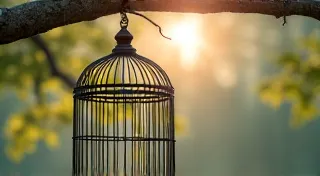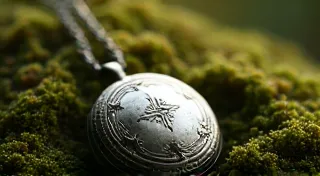Watermelon's Tapestry: Integrating Heirloom Varieties into Landscape Design
There's a particular resonance to the past, a palpable sense of connection when you hold something crafted with intention and care. It's the same feeling I get when I bring a forgotten heirloom accordion out of storage, its bellows sighing a forgotten tune. The intricacies of its construction, the knowing hands that assembled it, the stories it likely witnessed - all resonate with a depth modern, mass-produced instruments simply can’t match. And, remarkably, that same feeling applies to something far more grounded: heirloom watermelons. They’re not just fruit; they are living artifacts, embodying generations of agricultural artistry and offering a unique opportunity to weave history and beauty into your landscape design.
Modern watermelons, while consistently uniform and predictable in size and sweetness, often lack the character and nuance of their older siblings. They’re products of selective breeding focused primarily on yield and shelf life – admirable goals, certainly, but they’re achieved at the expense of the stories held within the seeds. Heirloom watermelons, on the other hand, represent a rich tapestry of regional histories, family traditions, and forgotten tastes. They're testaments to the ingenuity of farmers who nurtured them through hardship and celebrated their bounty.

A Journey Through Time: The Stories Within the Seeds
Consider 'Black Diamond', a watermelon with skin so dark it’s almost black, originating from Missouri and treasured for its intensely sweet, deep crimson flesh. Or 'Geehow' from Oklahoma, a uniquely striped beauty, a living echo of pioneer resilience. Then there's 'Pineapple' from Georgia, a charmingly smaller variety with a subtle pineapple-like fragrance – a name that speaks volumes about the creativity of past generations. These aren't just varieties; they're threads in the larger quilt of American agricultural history.
The beauty of heirloom varieties isn’t solely in their flavor, although that’s certainly a significant draw. It’s also in their visual diversity. While modern watermelons are often a uniform green, heirlooms come in a stunning array of shapes, sizes, and patterns. Some are striped, others speckled; some are round, others oblong. This visual richness offers a landscape designer a palette far beyond what’s available with commercially grown fruit.
Integrating Watermelons into Landscape Design: Function and Beauty
The key to seamlessly integrating heirloom watermelons into your landscape lies in understanding that they are more than just a fruit source. They are living sculptures, capable of adding layers of texture, color, and historical significance to your outdoor space. The sprawling vines, often reaching lengths of 10-15 feet, can be trained to cascade over retaining walls, soften the edges of patios, or even create a living screen for privacy. Imagine the impact of a wall draped in lush watermelon vines, the vibrant green foliage punctuated by the anticipation of ripening fruit – a truly breathtaking sight.
Consider the placement carefully. Watermelons thrive in full sun and require well-drained soil. They’re also heavy feeders, benefiting from rich compost and regular watering. But their size and sprawling nature also demand space. Don't underestimate the commitment! However, the reward – a visually stunning and historically significant garden feature – is well worth the effort.
Think beyond simply planting them in neat rows. Allow the vines to sprawl naturally, creating a somewhat wild and romantic feel. Interplant them with complementary herbs like basil and mint – not only do these herbs deter pests, but they also enhance the overall sensory experience of the garden. The fragrance of basil mingling with the subtle aroma of ripening watermelon is an olfactory delight. You can also incorporate flowering plants with contrasting colors and textures to further enhance the visual appeal. Sunflowers, for example, provide a striking contrast to the dark green foliage of the watermelon vines.
The Craftsmanship Connection: Caring for Your Heirlooms
Just as a skilled restorer carefully preserves the integrity of an antique accordion, nurturing heirloom watermelons requires a mindful approach. These varieties haven’t been selectively bred for disease resistance and uniformity like their modern counterparts. They demand a deeper understanding of their specific needs and a willingness to adapt your gardening practices accordingly.
Starting from seed is often the best way to ensure you’re getting a true heirloom variety. Be sure to source your seeds from reputable suppliers who specialize in heirloom varieties. Saving seeds from your own harvests allows you to perpetuate these precious genetic treasures, ensuring that these varieties continue to thrive for generations to come. It’s a deeply satisfying feeling, knowing that you’re contributing to the preservation of agricultural heritage.
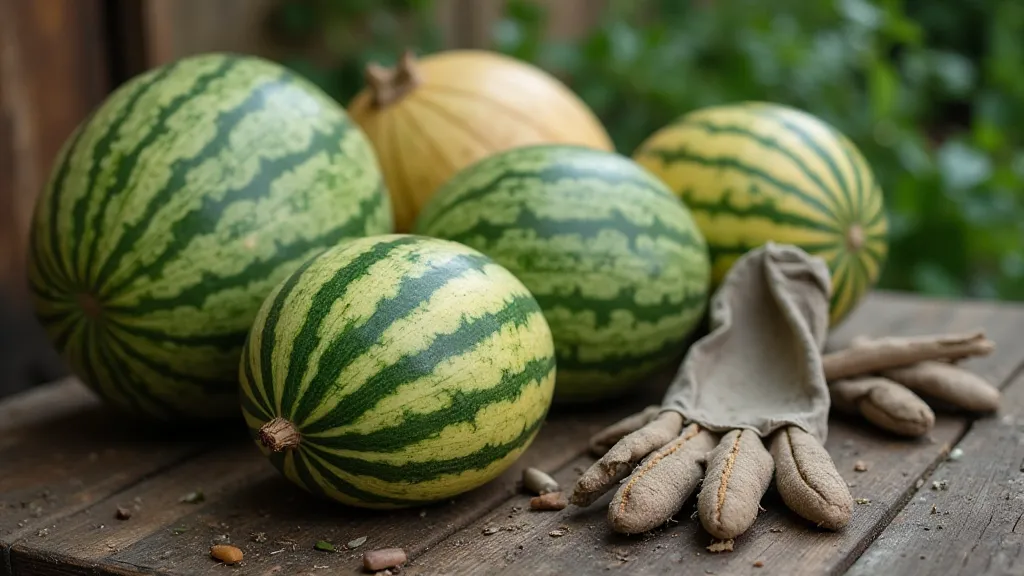
The slight imperfections – a misshapen fruit, a less-than-perfect rind – are not flaws, but rather marks of character. They tell a story of a plant that has weathered the elements and adapted to its environment. Just as the wear and tear on an antique accordion speaks to its history and the hands that have played it, the subtle imperfections of an heirloom watermelon are a testament to its unique journey.
A Legacy of Flavor and Beauty
Integrating heirloom watermelons into your landscape design is more than just a gardening project; it’s a way to connect with the past, celebrate the ingenuity of generations, and cultivate a garden that is both beautiful and meaningful. It's about slowing down, appreciating the subtle differences, and recognizing the stories held within the seeds. It's about honoring the craftsmanship of the farmers who came before us and preserving their legacy for future generations.
So, the next time you’re planning your garden, consider adding a touch of history and beauty with heirloom watermelons. You won't just be growing fruit; you're cultivating a living tapestry, woven with the threads of tradition, flavor, and enduring charm. And that’s a harvest more rewarding than any commercially grown watermelon could ever provide.
